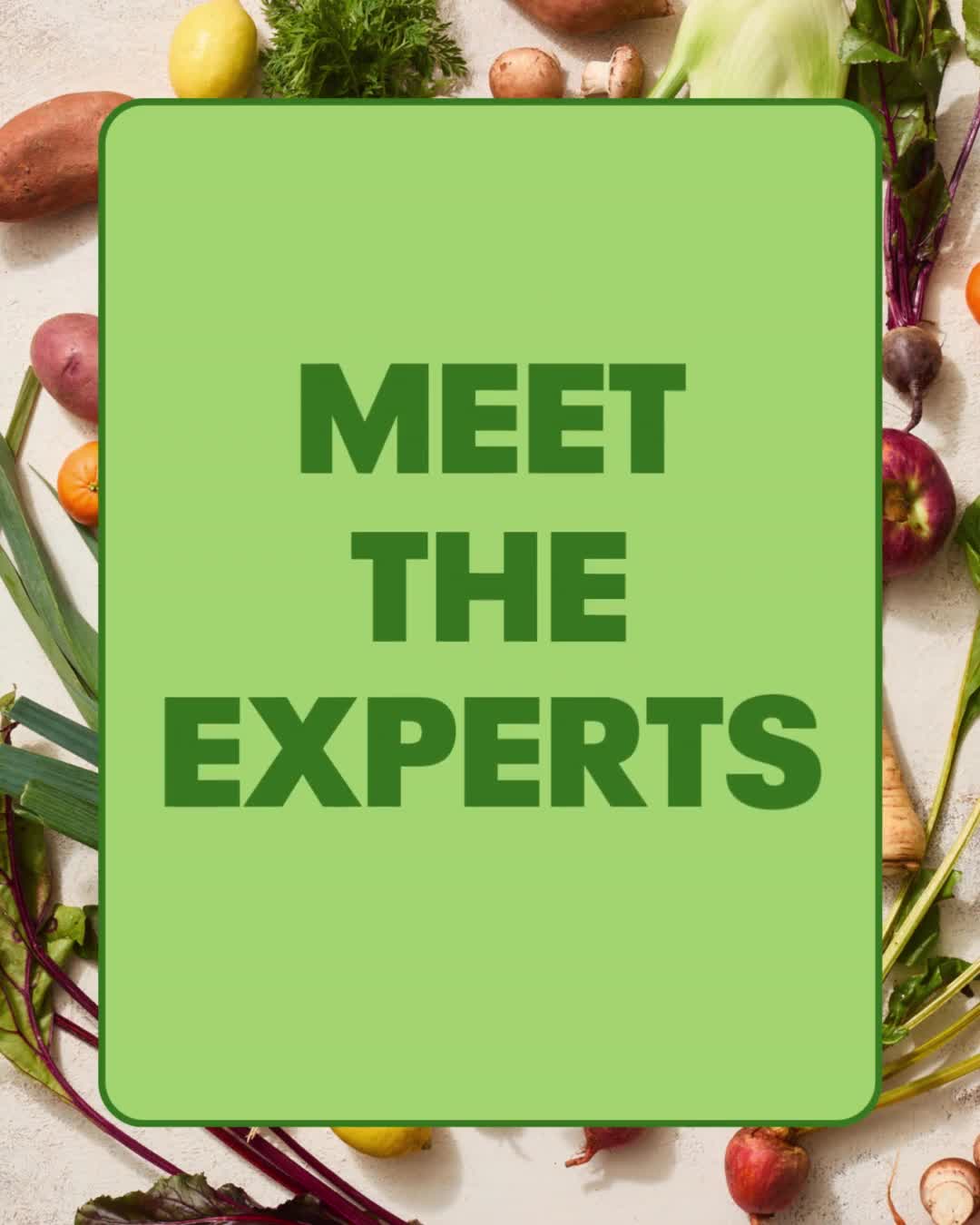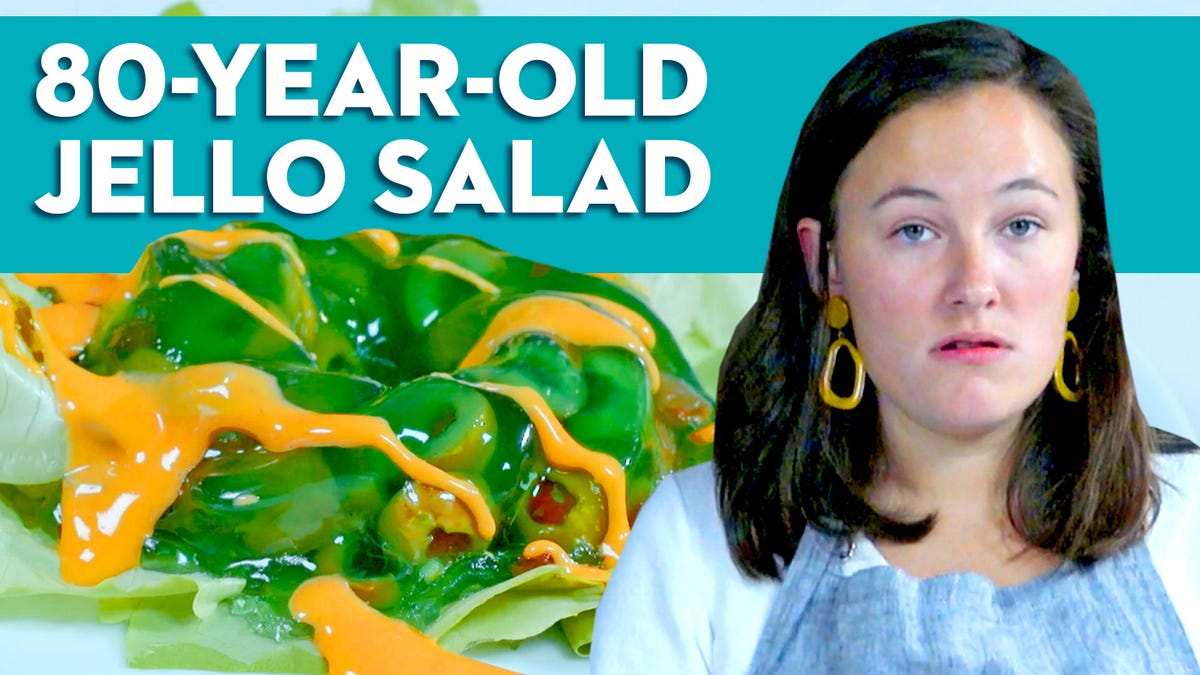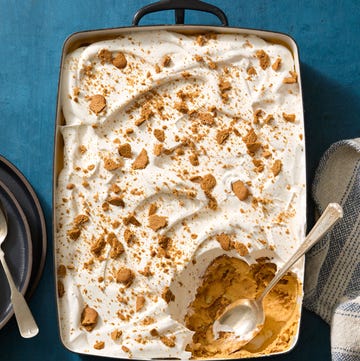Did you know that sliced watermelon rinds can add cucumber-like crunch to a salad? Or that broccoli stems are delicious when shredded to serve as “rice”? Have you ever had the pleasure of eating hearty, earthy sautéed beet greens?
Using parts of fruits and veggies that you might normally throw away is a great way to maximize nutritional value, add flavor and reduce wasted food.
Just think about how peels and stems function for the plant: Peels protect the insides of produce with antioxidants and fiber. And because stems serve as the arteries of plants, they’re bursting with nourishing vitamins and minerals. So eating those “cast-offs” will give you extra nutrition.
The GH Innovation Kitchen — a group of nutrition, culinary and kitchen appliance experts in the GH Institute — is here to show you how to get the most out of your produce.
Prep Your Produce
How to Wash Fruits & Veggies
Yes, you need to! Produce picks up dirt and chemicals on its way from the farm to your kitchen. Try these tips to get it squeaky-clean.
- Wait to wash. One of the most common mistakes that's ruining your produce involves cleaning it before storing in the fridge. Washing produce before storing it can speed up spoilage. Instead, rinse it just before you eat it. If you do choose to wash it before putting it into your crisper, dry thoroughly to reduce the risk of mold.
- Skip soap and bleach. Fruits and veggies are porous, so washing them in soap or bleach is a big no-no, as produce can absorb these chemicals. A simple rinse with water should do the trick.
- Try baking soda. A cold-water soak with baking soda can also work. Go for 1 tsp of baking soda per 2 cups of cold water and soak for 12 to 15 minutes.
Top Tools for Washing Produce
Use Every Last Bit
How to Eat Everything in the Fridge
Here are a few strategies for clearing out the crisper.
- Make a smoothie. Cucumber peels, carrot tops and spinach stems can all be thrown into a blender to give your a.m. sip more fiber and vitamins. Feel free to freeze uneaten avocado, ginger, etc., for future blends.
- Save for stock. Stash components that don’t get incorporated during daily cooking — unused leek greens, parsnip ends, onion peels, etc. — in the freezer, then make a veggie stock or broth with them.
- DIY a salad mix. Don’t be afraid to toss heaps of herbs into your next bowl of greens. It’s a stress-free (and tasty!) way to use up a bunch. Even better, drizzle on a dressing that includes an entire lemon, rind and all.
Try "Upcycled" Foods
Don’t do much cooking? Support these brands that give new life to odds and ends in delicious ways.
Recycle the Rest
How to Turn Scraps Into Soil
Composting isn’t as hard as it may seem, and the results can help your garden grow.
- Collect the extras. When you prep meals or snacks, keep a small bowl nearby to gather eggshells, fruit and veggie waste and crumbs. Store in the freezer or in an indoor composting container (see our suggestions at right) until you’re ready to compost.
- Choose a method. There are many ways to compost. Some towns and cities offer pick-up, drop-off or subscription services. At home, it can be as simple as digging a hole in your yard or using an outdoor compost bin to combine food waste with leaves and grass clippings (you’ll need to water and turn the pile). New high-tech composters like the one at right make the process even easier.
- Reap the benefits. Composting cuts down on the garbage you create and how often you need to replace the bag — and less rotting food waste means fewer smells. Also, if you compost at home, in a matter of months you’ll have nutrient-rich soil to use in your garden or to nourish houseplants.
Compost Helpers
These top-performing Lab picks streamline the process (and minimize odors).






























